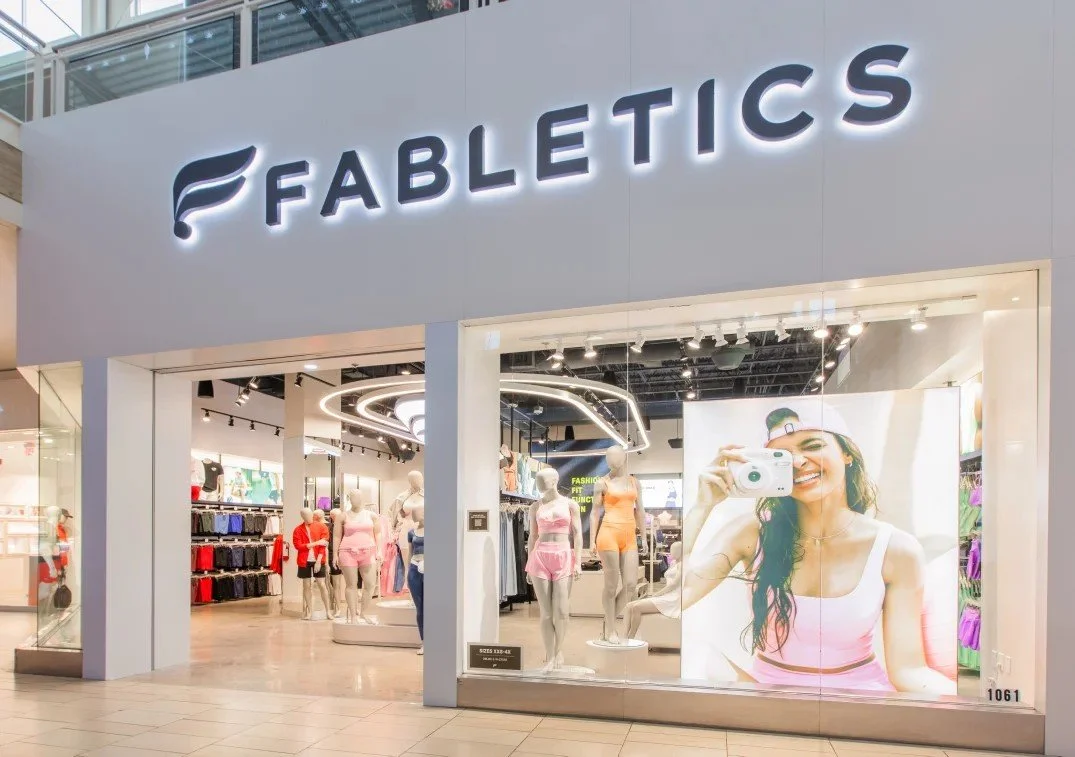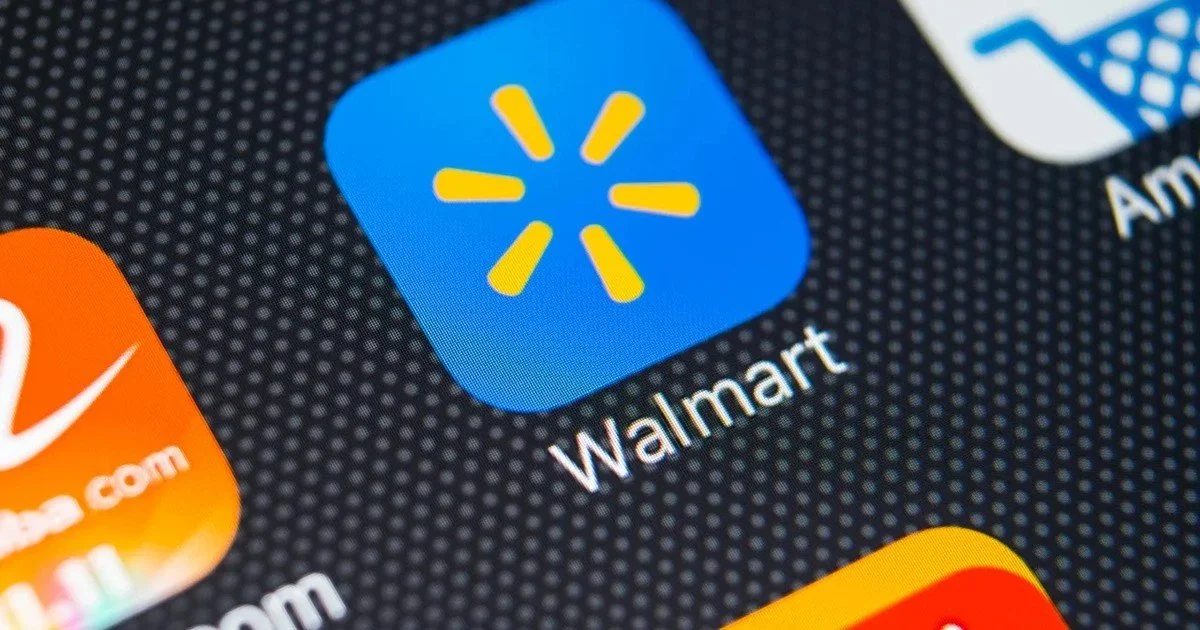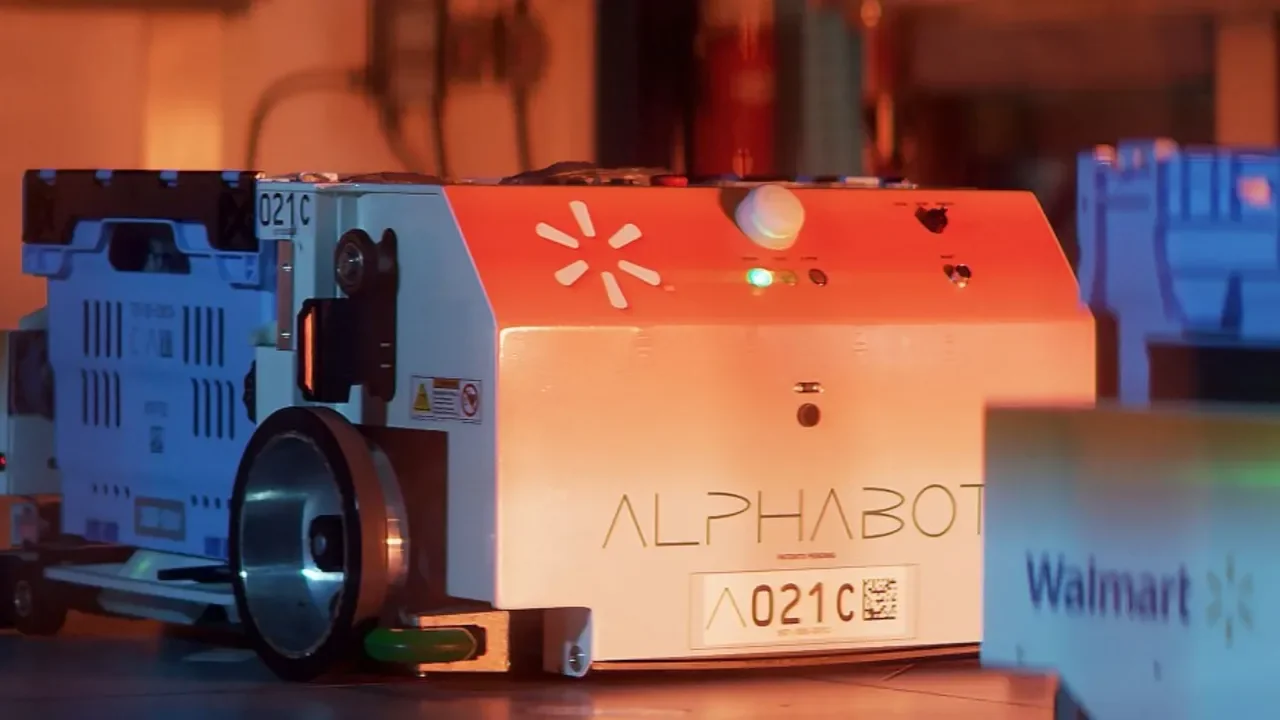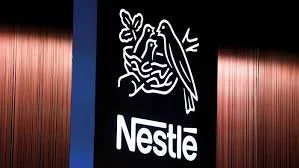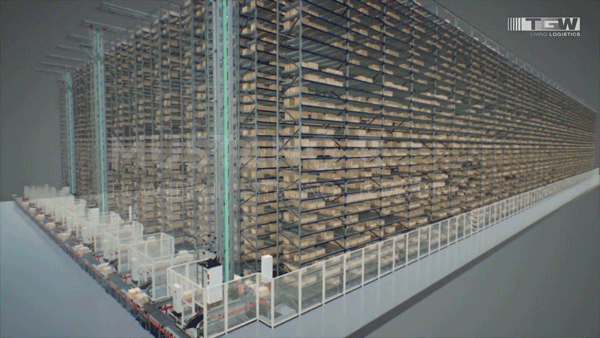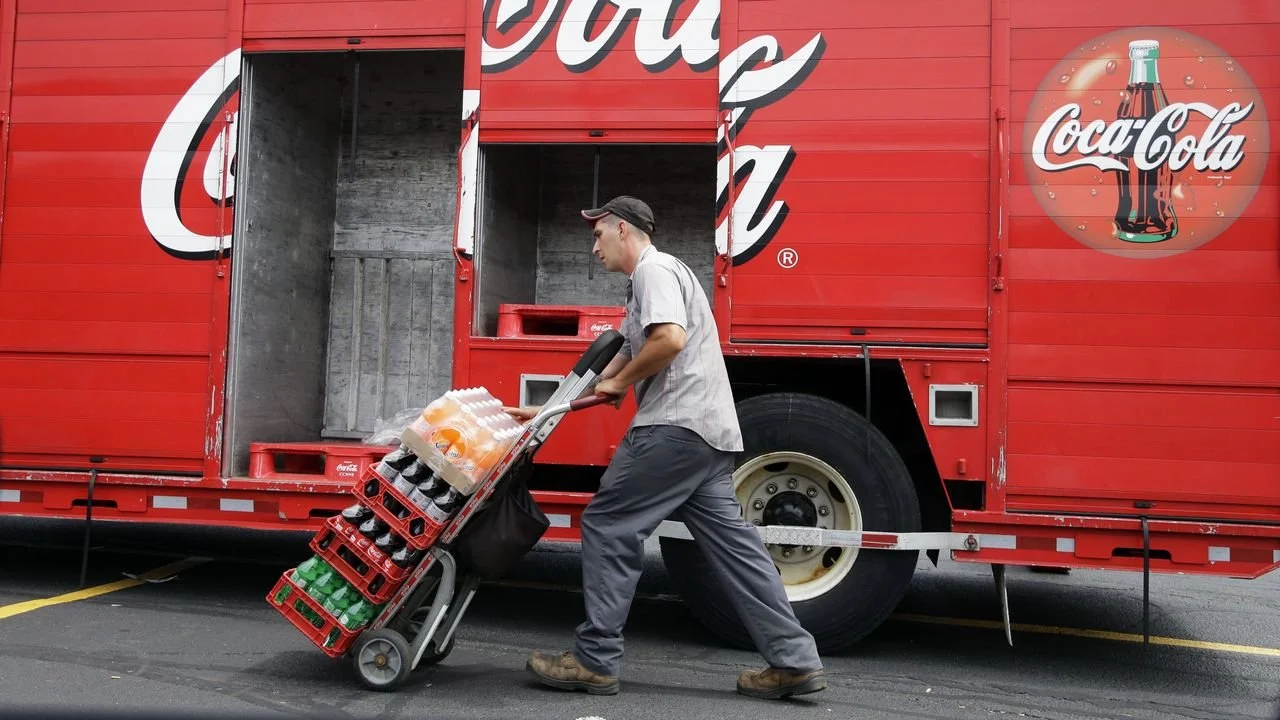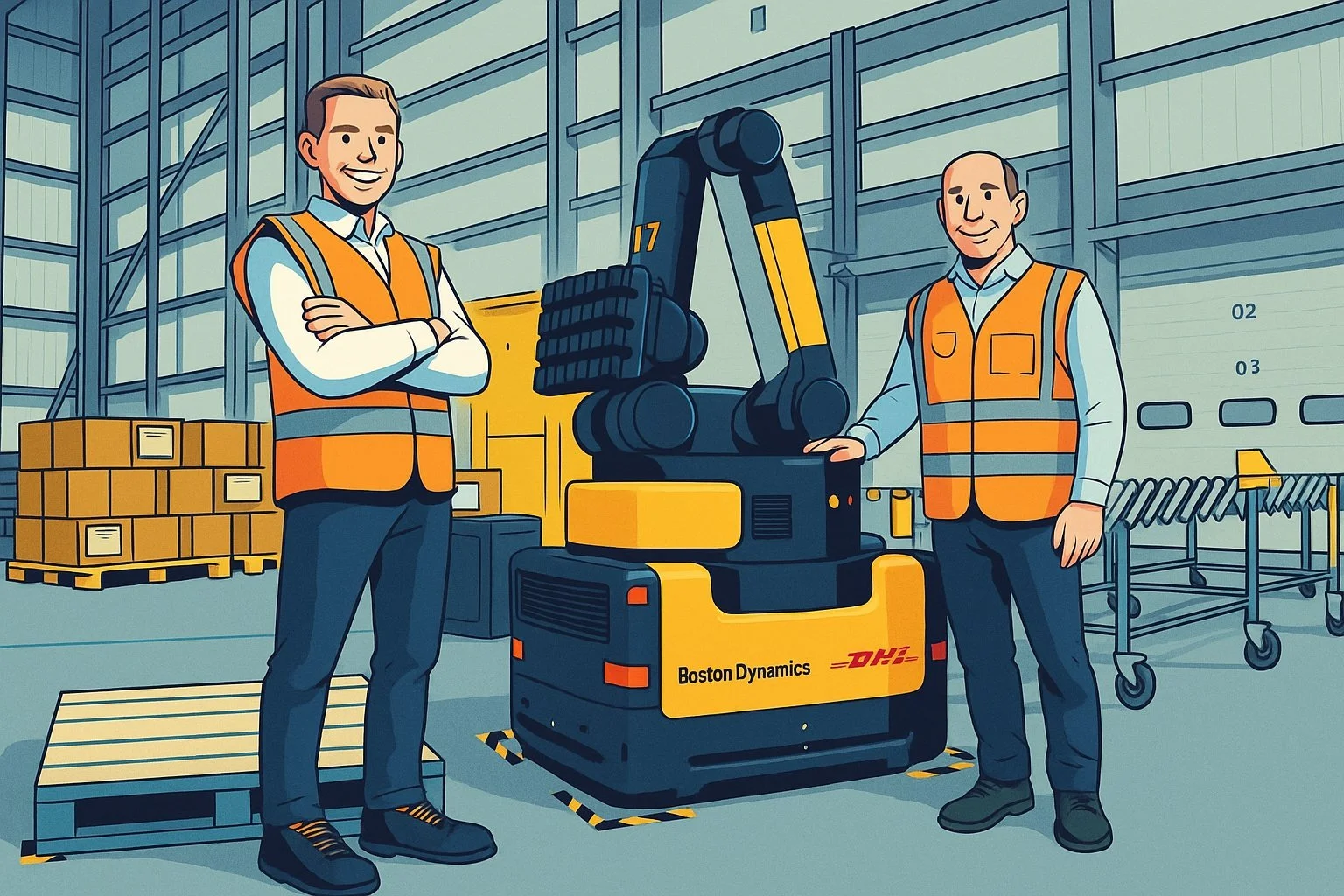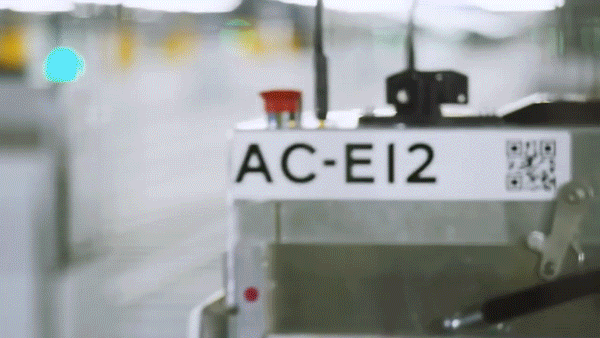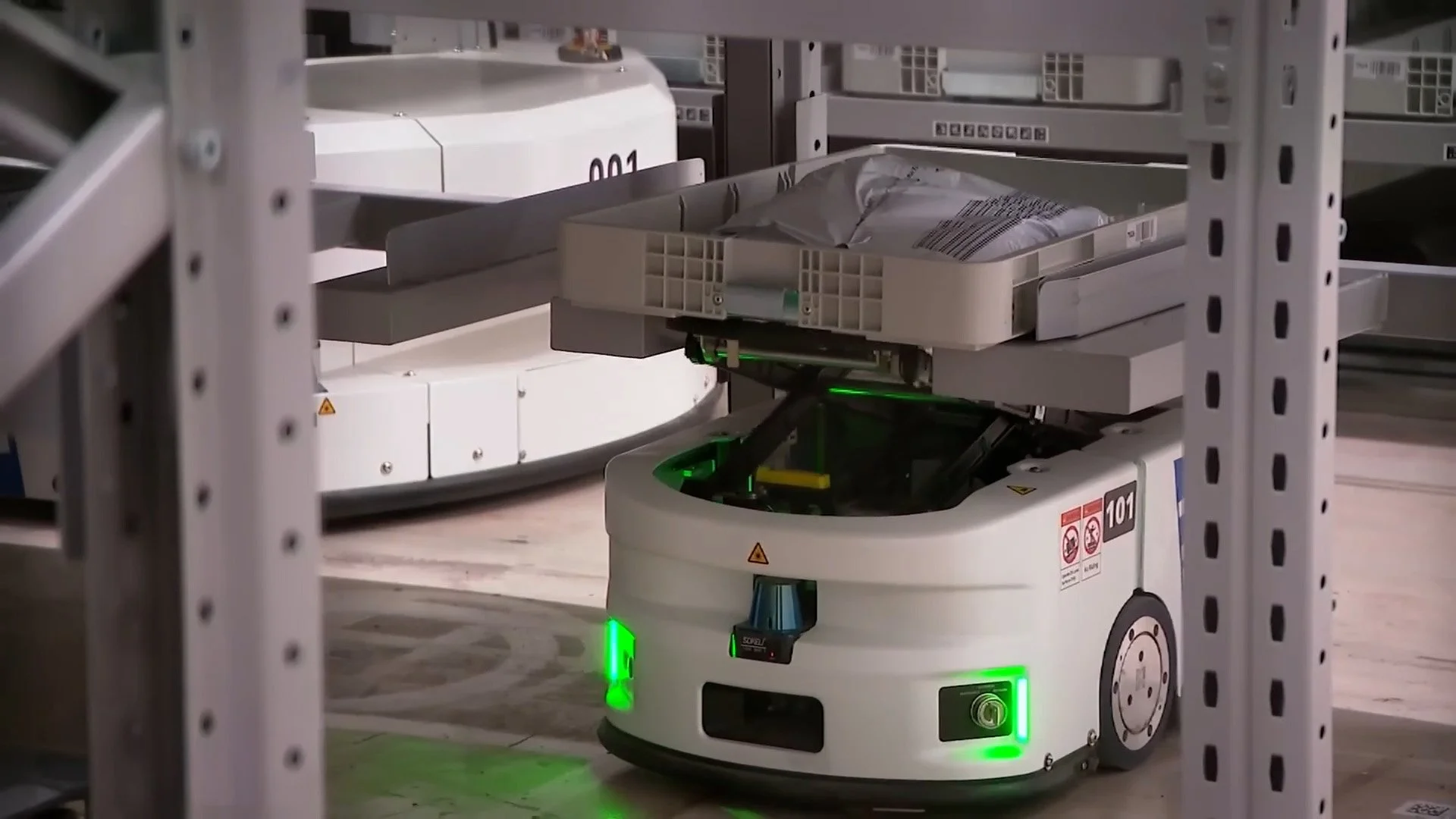Instacart CEO: Humans Beat Automation in Delivery Speed
Don't expect Instacart to replace its gig worker shoppers with robots anytime soon.
Instacart CEO Fidji Simo says the company can deliver faster and more efficiently using its human shoppers.
That's a contrast with companies like Kroger, which have built warehouses to automate order picking.
Automation is a hot topic for most companies around the world, .but don't expect it to come for Instacart's gig workers just yet.
On the company's Tuesday earnings call, one analyst asked CEO Fidji Simo whether the company would consider alternatives to having people pick items off store shelves to fill orders — for example, automated systems.
Some grocers already have just that. Kroger has a network of warehouses that it built with British grocer Ocado, where robots and some humans assemble orders, for instance. Human workers still drive to customers' homes to deliver the orders. Kroger also works with Instacart, especially on orders that need to be delivered quickly.
And while Instacart is paying attention to those uses of automation, Simo said, the company is "much less bullish on this model."
For this sort of automation to work for the company, "you need a lot of density of orders," Simo said. "And that means that these large warehouses end up being very far away from the customer."
"All of the costs that you save in picking, you end up losing in cost of delivery because you have to drive to a customer that's much further away," Simo said.
Warehouse construction has ballooned in the US in recent decades, often at the edges of cities and far from population centers. Kroger's automated warehouses are often located in such exurban areas. Its warehouses are located in suburbs miles from the city center.
Instacart, by contrast, is "seeing that customers value speed," Simo said. "If you're very far away from the customer, you are not able to deliver with the speed that we can, and doing that from 85,000 stores," she added, referencing the total number of stores that Instacart delivers from.
Getting products to consumers faster via last-mile delivery has been a goal for retailers for years. Even Amazon has rejiggered its network by dividing its fulfillment network into regions. In its February earnings statement, it said that "led to our fastest-ever delivery speeds for Prime members while also lowering our cost to serve."
Instacart Bets on Robots to Shrink Ranks of 500,000 Gig Shoppers >
CEO Fidji Simo: “If you think about really the biggest threat to Amazon, it's always speed.”










